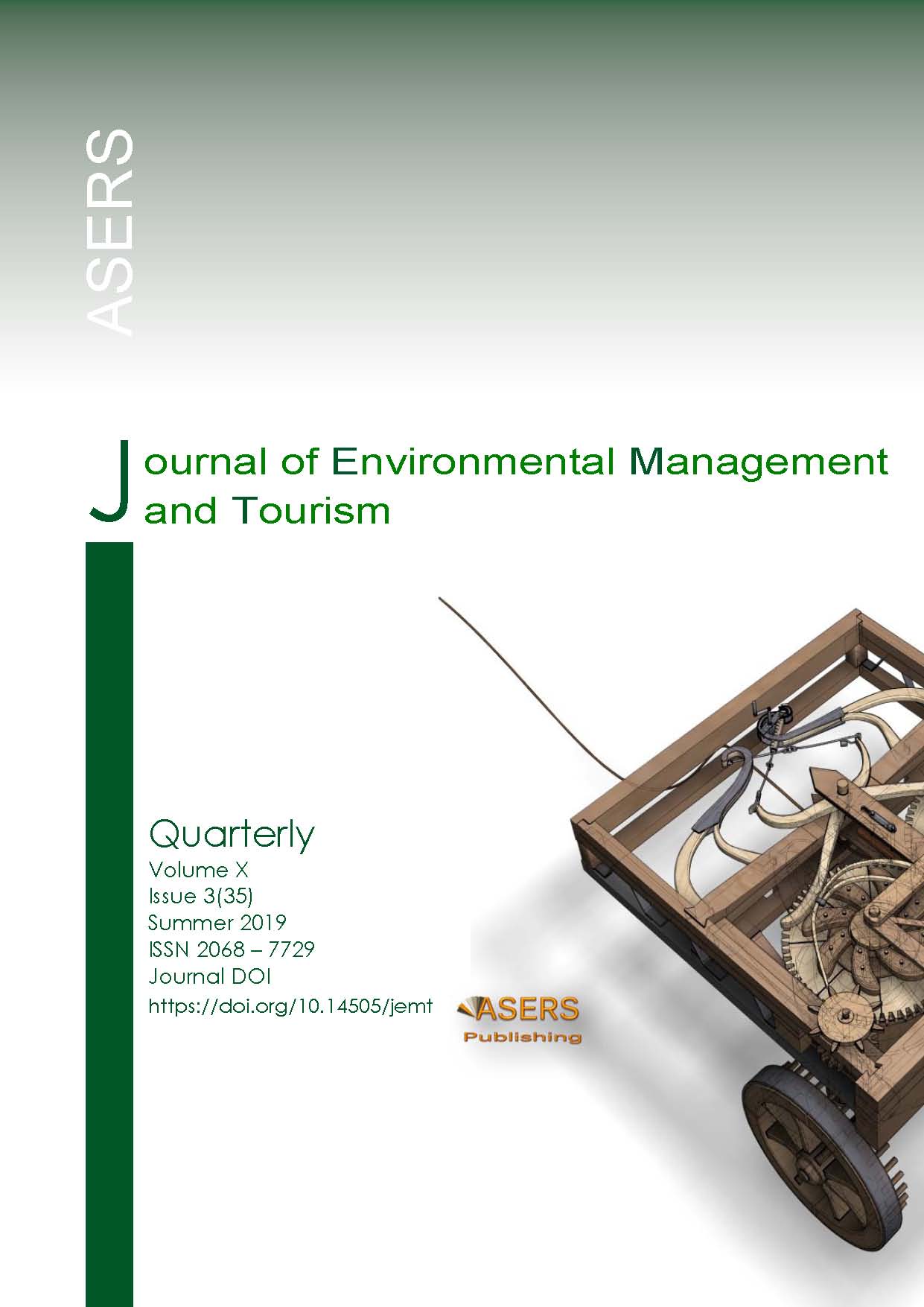An Analysis of Input Substitution Elasticity in Natural Resource-Based Industry in Indonesia. The Application of CES Function
An Analysis of Input Substitution Elasticity in Natural Resource-Based Industry in Indonesia. The Application of CES Function
Author(s): Lilis Siti BADRIAH, Dijan RAHAJUNI, Suharno SuharnoSubject(s): Economy, Agriculture, Energy and Environmental Studies
Published by: ASERS Publishing
Keywords: natural resource-based industry; CES function; input substitution elasticity; substitutability level of input; production optimization;
Summary/Abstract: The proportion of resource-based industry groups in the industrial structure in Indonesia is 42.01%, yet its productivity is low because of its labor-intensive nature and limited capital, despite the direct contribution of the use of capital and labor to the creation of output. To optimize production, an input can be substituted by another input. However, it depends on the elasticityof substitution of the two inputs. The main objective of this research is to analyze the level of substitutability of inputs used in the natural resource-based industry group in Indonesia. Using the function of Constant Elasticity of Substitution (CES), the results of the study show that the substitutability level of capital and labor is inelastic, meaning that input substitution is relatively difficult. The results of this study imply that to increase its productivity, this industry group needs to strengthen the support from (government) policies to improve its workforce quality.
Journal: Journal of Environmental Management and Tourism (JEMT)
- Issue Year: X/2019
- Issue No: 03 (35)
- Page Range: 680-686
- Page Count: 7
- Language: English
- Content File-PDF

